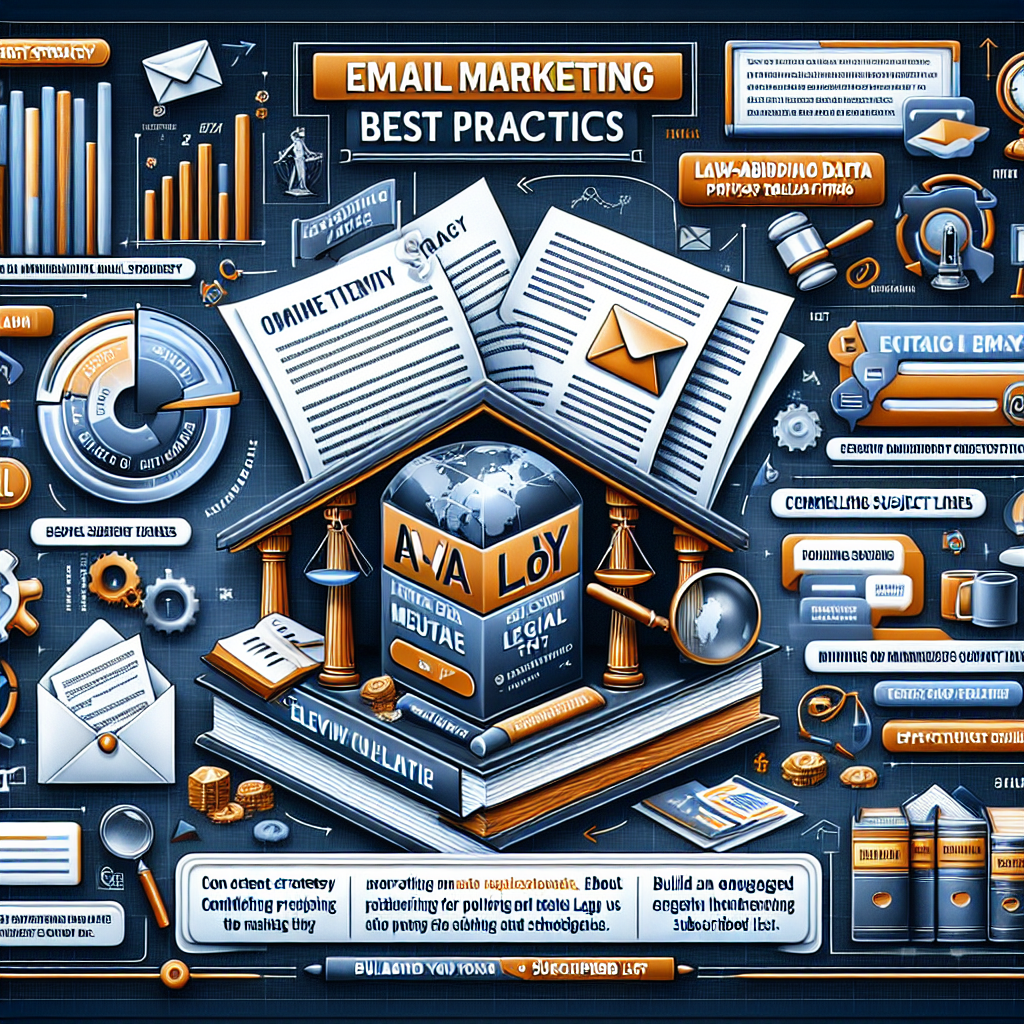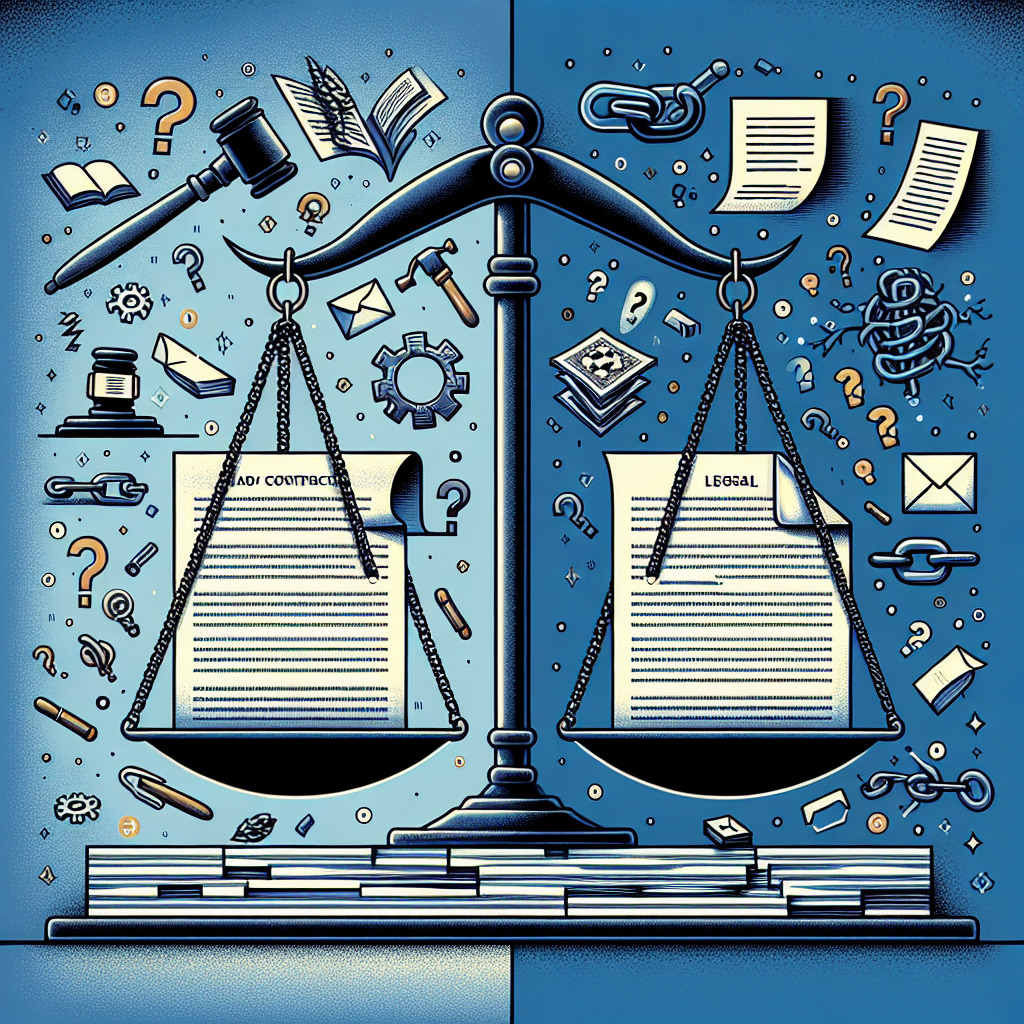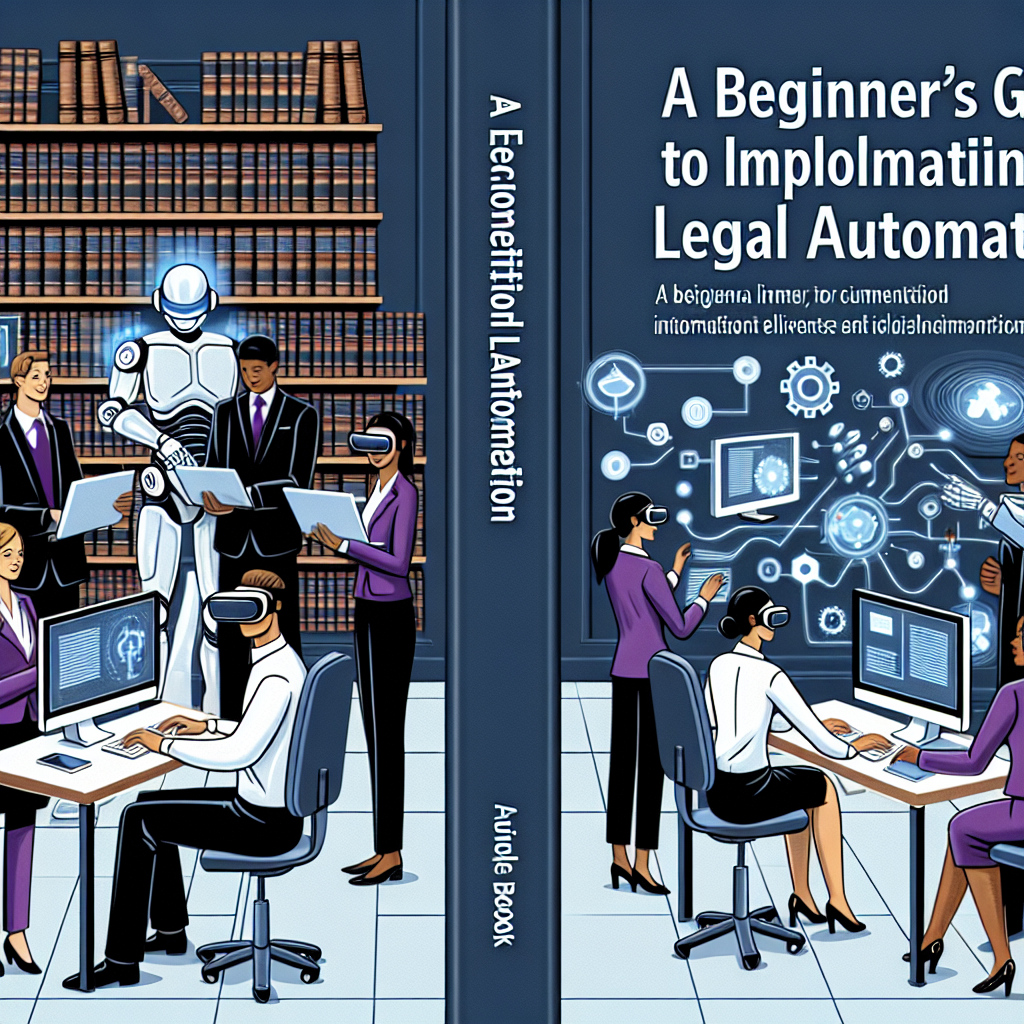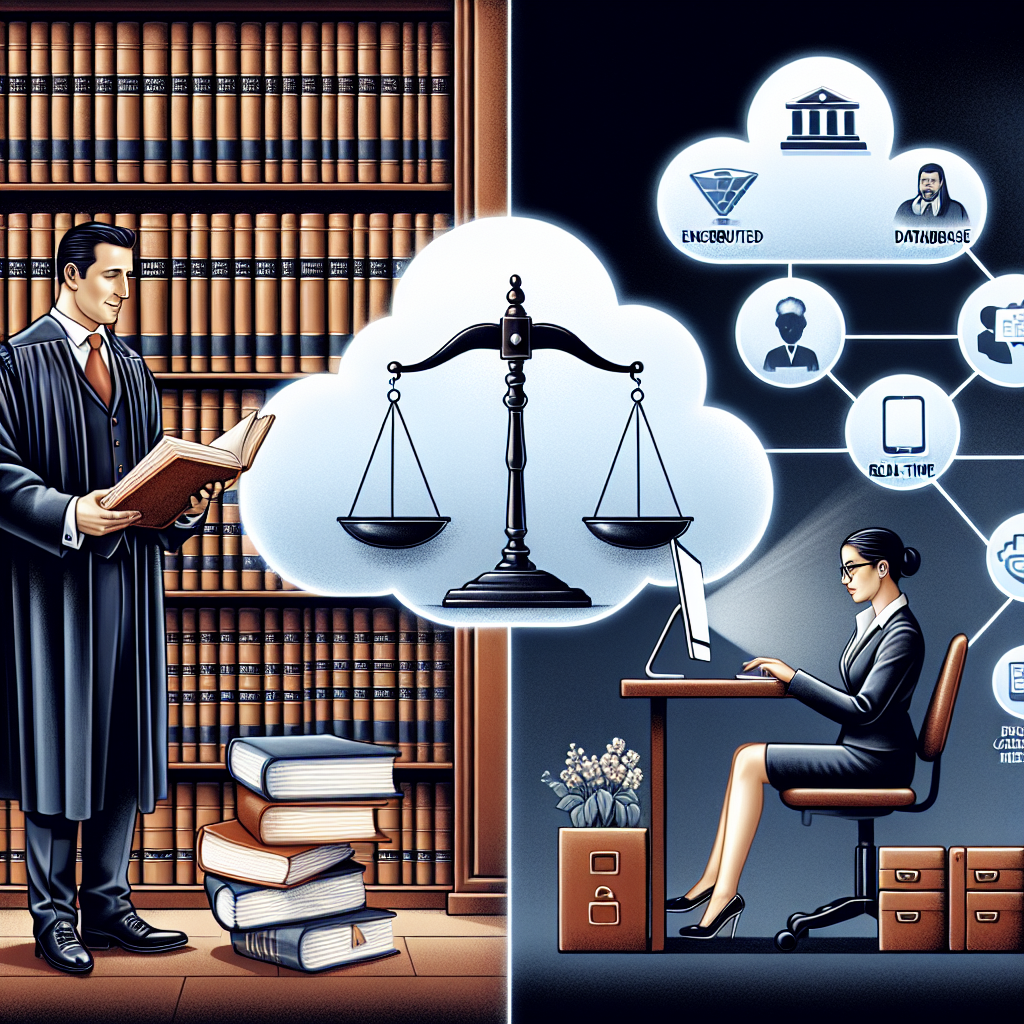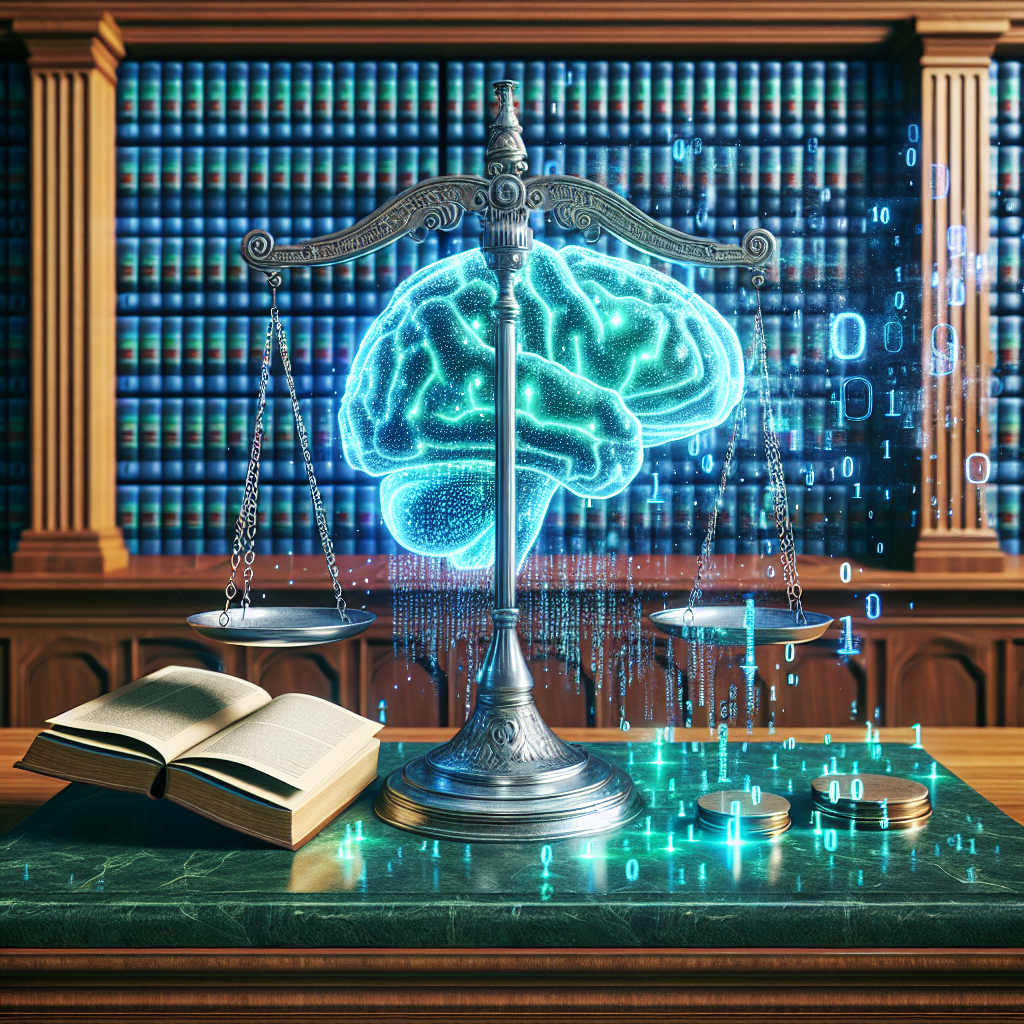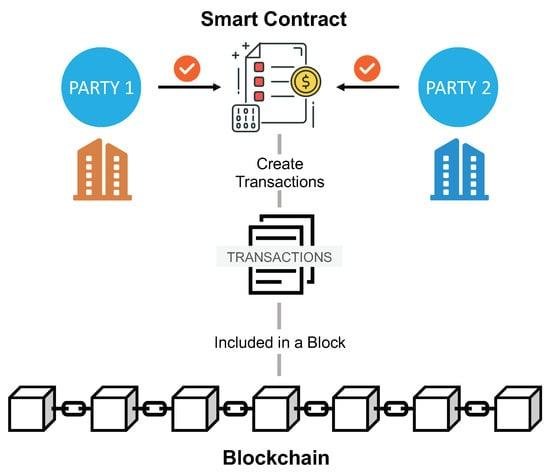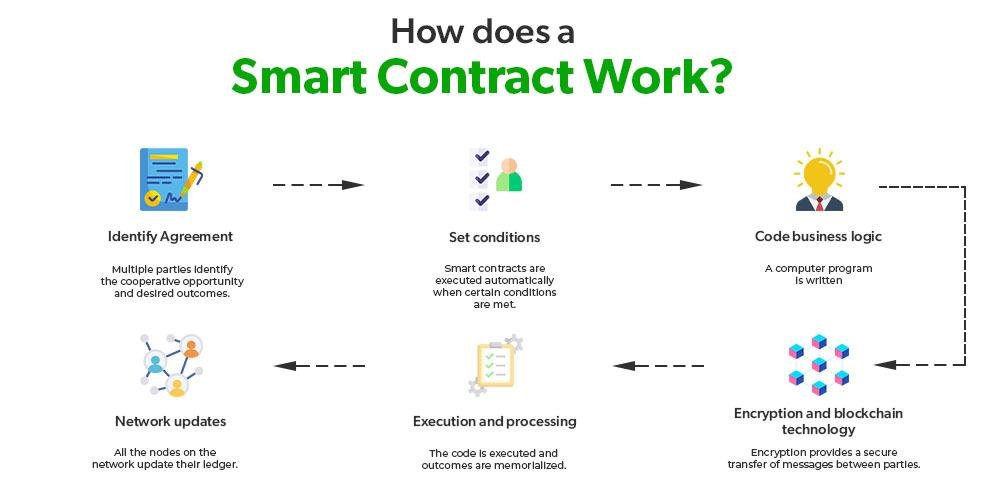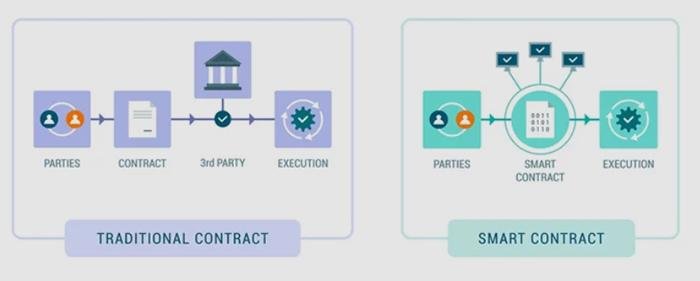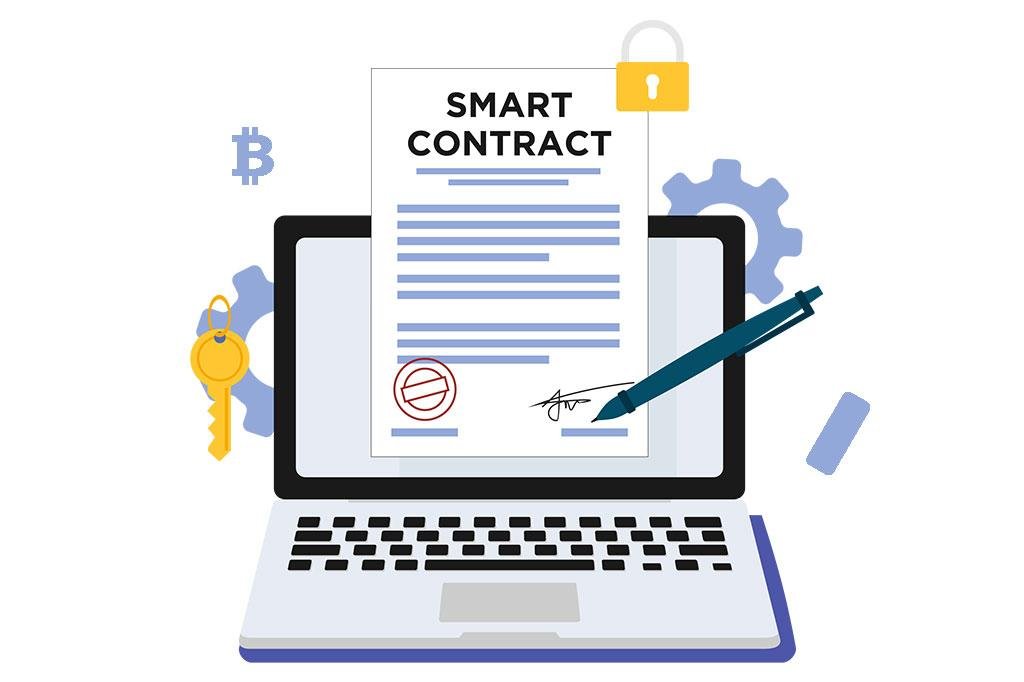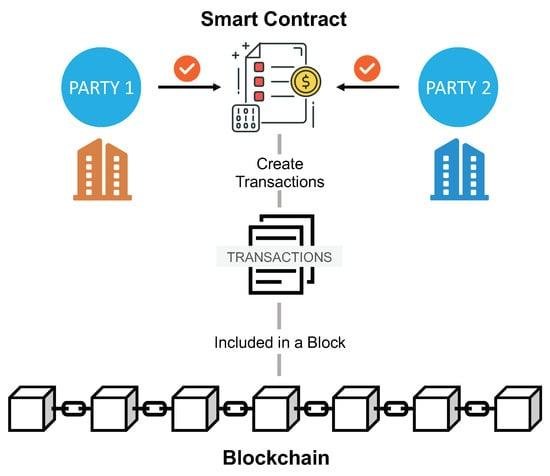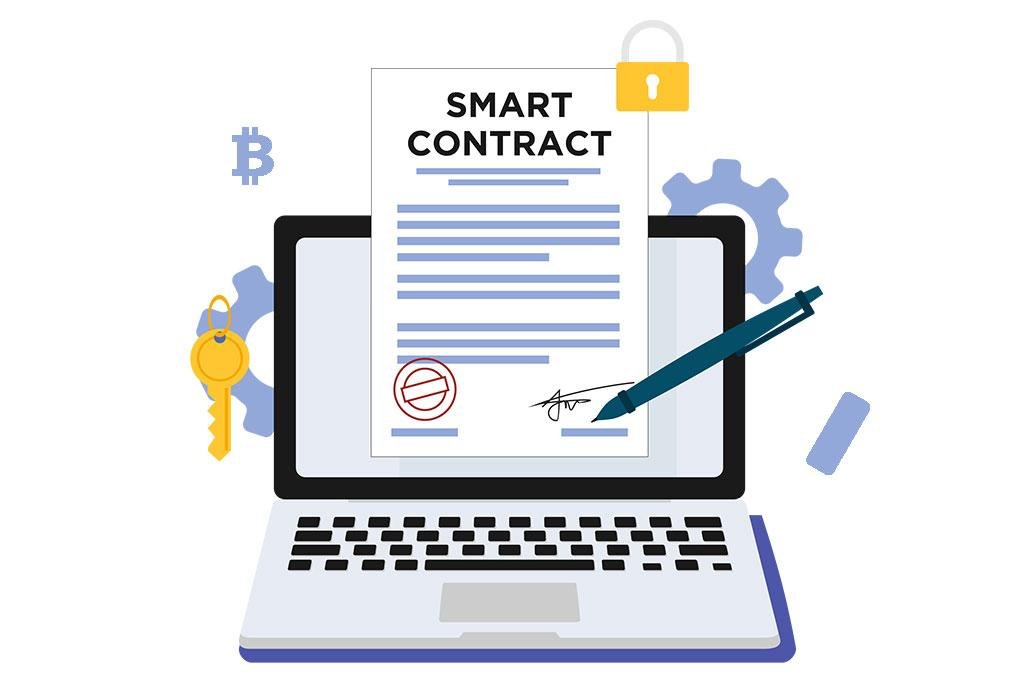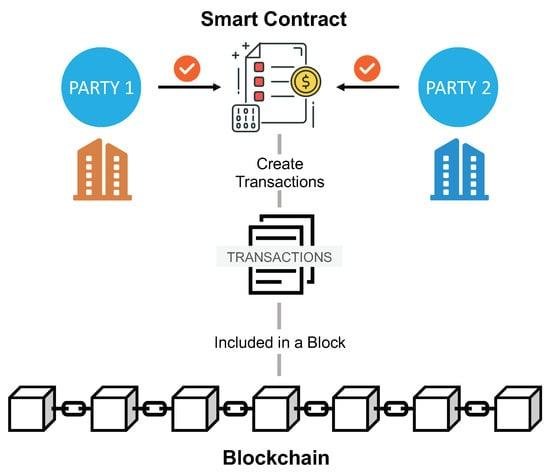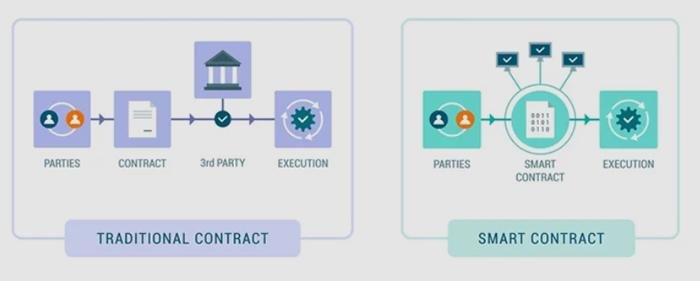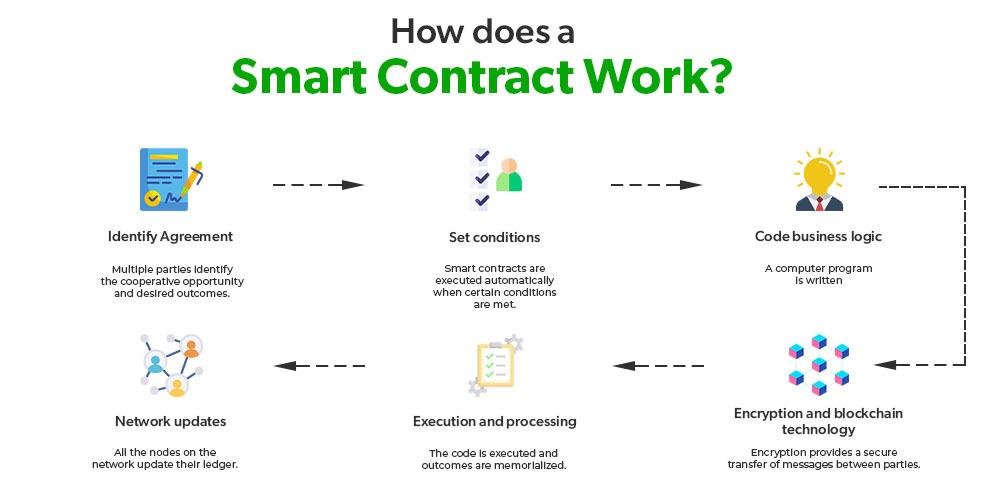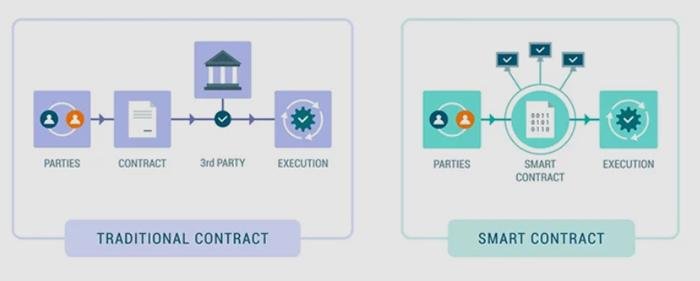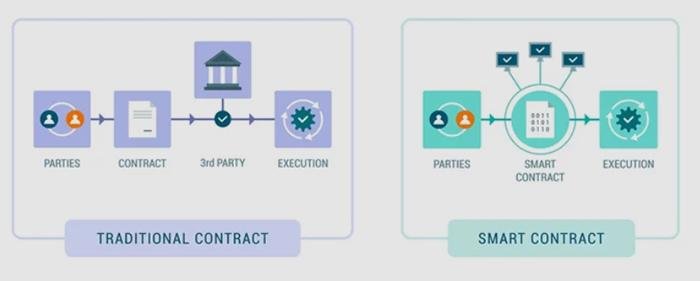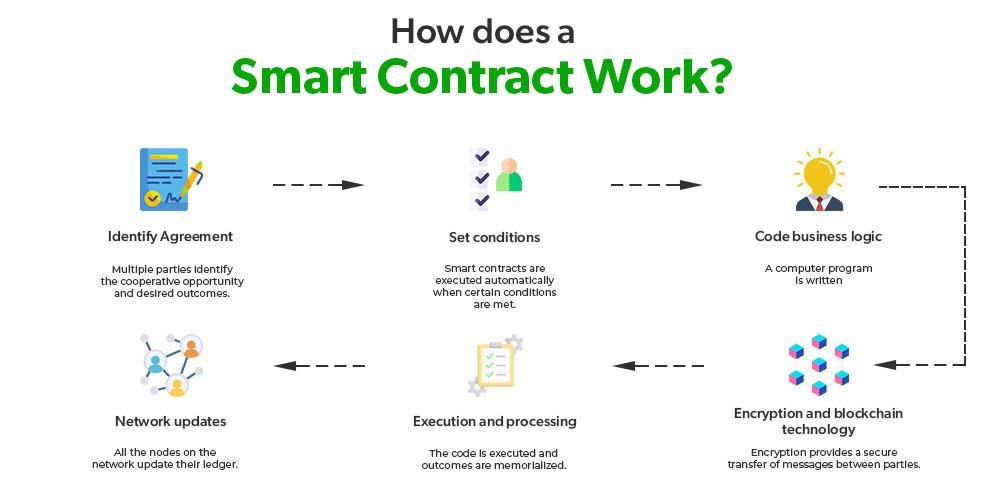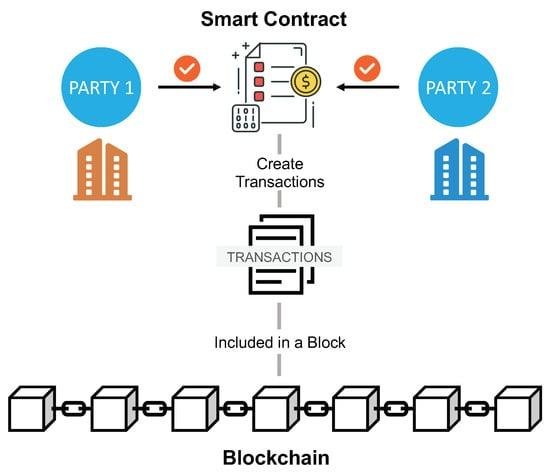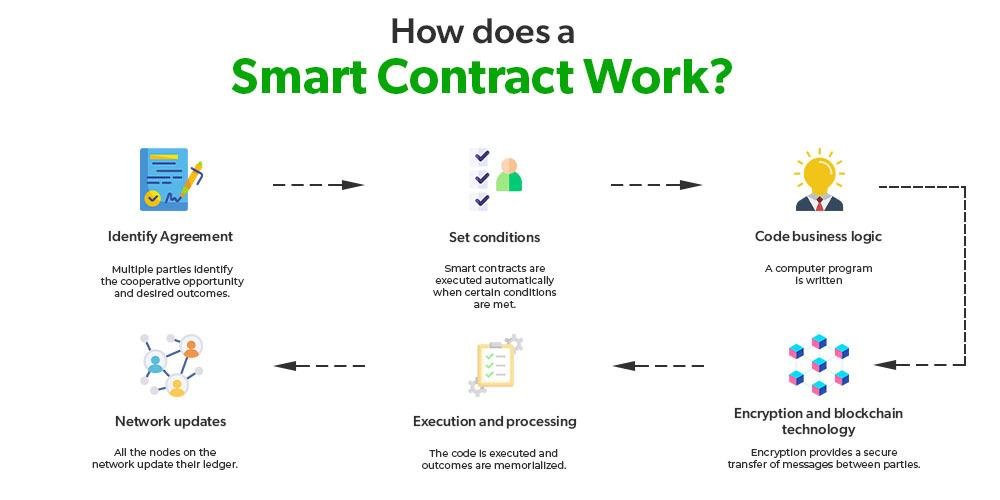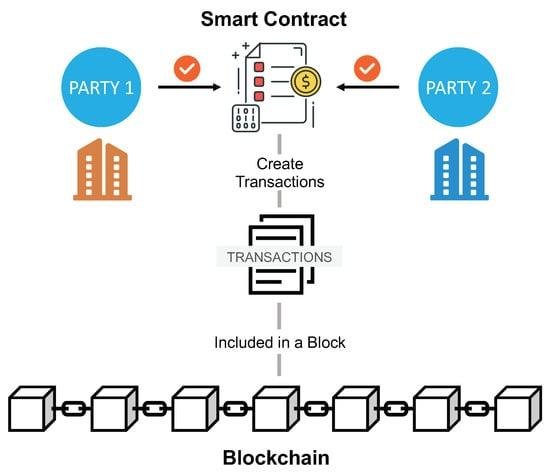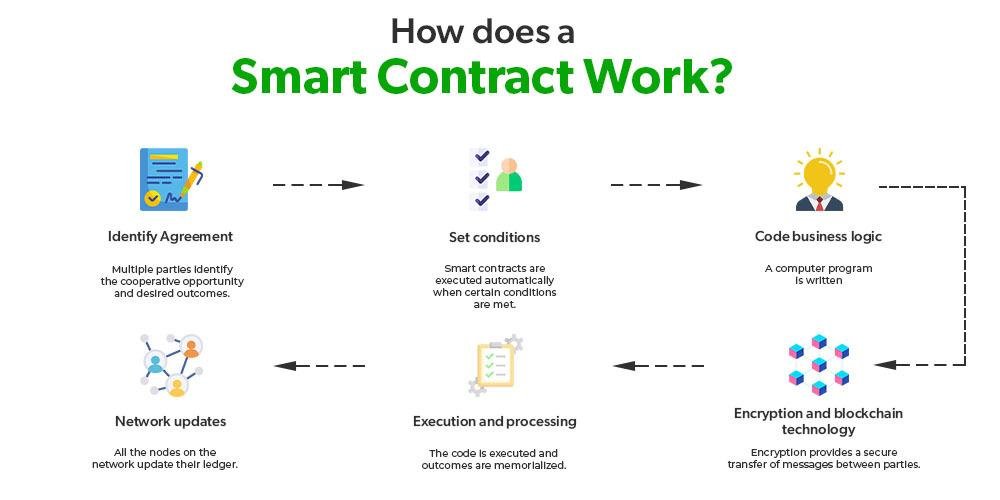Predictive Coding in E-Discovery: How AI is Making a Difference

-
Table of Contents
- Introduction
- Understanding Predictive Coding in E-Discovery
- The Role of AI in Enhancing Predictive Coding Accuracy
- Benefits of Predictive Coding for Legal Professionals
- Challenges and Limitations of Predictive Coding in E-Discovery
- Case Studies: Successful Implementation of Predictive Coding
- Future Trends in Predictive Coding and AI in E-Discovery
- Conclusion
Introduction
Predictive coding in e-discovery represents a transformative approach to managing the vast amounts of electronic data generated in legal proceedings. By leveraging advanced artificial intelligence algorithms, predictive coding automates the process of identifying relevant documents, significantly enhancing efficiency and accuracy in legal reviews. This technology analyzes patterns within data sets, allowing legal teams to prioritize documents that are most likely to be pertinent to a case. As a result, predictive coding not only reduces the time and costs associated with traditional document review methods but also improves the overall quality of the discovery process. With the increasing complexity of data and the growing volume of electronic communications, AI-driven predictive coding is becoming an essential tool for legal professionals, enabling them to navigate the challenges of modern litigation effectively.
Understanding Predictive Coding in E-Discovery
In the realm of e-discovery, the advent of predictive coding has revolutionized the way legal professionals approach the daunting task of document review. Traditionally, e-discovery involved a labor-intensive process where attorneys manually sifted through vast amounts of electronic data to identify relevant documents for litigation. This method was not only time-consuming but also prone to human error, leading to potential oversights that could significantly impact a case. However, with the integration of artificial intelligence, predictive coding has emerged as a powerful tool that enhances efficiency and accuracy in the e-discovery process.
At its core, predictive coding leverages machine learning algorithms to analyze and categorize documents based on their relevance to a particular legal matter. The process begins with a training phase, where a small set of documents is reviewed by legal experts. These experts identify and label documents as relevant or non-relevant, providing the machine learning model with a foundation of knowledge. As the model processes this initial dataset, it learns to recognize patterns and features that distinguish relevant documents from those that are not. This iterative learning process allows the system to refine its understanding and improve its predictive capabilities over time.
Once the model has been trained, it can be applied to larger datasets, significantly reducing the volume of documents that require manual review. This is where the true power of predictive coding comes into play. By automating the initial stages of document review, legal teams can focus their efforts on the most pertinent materials, thereby streamlining the entire e-discovery process. Moreover, the speed at which predictive coding operates allows for quicker turnaround times, which is increasingly important in today’s fast-paced legal environment.
Furthermore, the use of predictive coding not only enhances efficiency but also promotes consistency in document review. Human reviewers may have varying interpretations of relevance, leading to discrepancies in the identification of key documents. In contrast, predictive coding applies a uniform standard based on the training data, ensuring that similar documents are treated consistently throughout the review process. This consistency is crucial in maintaining the integrity of the legal process and can ultimately bolster a case’s credibility.
As organizations continue to grapple with the exponential growth of data, the role of predictive coding in e-discovery becomes even more critical. The sheer volume of electronic information generated daily poses significant challenges for legal teams, making traditional review methods increasingly untenable. Predictive coding not only addresses these challenges but also provides a scalable solution that can adapt to varying case sizes and complexities. By harnessing the power of AI, legal professionals can navigate the complexities of e-discovery with greater agility and precision.
In addition to its practical benefits, predictive coding also raises important considerations regarding transparency and defensibility. As legal practitioners adopt AI-driven tools, they must ensure that the methodologies employed are transparent and can withstand scrutiny in court. This necessitates a careful balance between leveraging advanced technology and adhering to ethical standards in legal practice. By documenting the training process and maintaining clear records of the predictive coding methodology, legal teams can bolster the defensibility of their e-discovery efforts.
In conclusion, predictive coding represents a significant advancement in the field of e-discovery, transforming how legal professionals manage document review. By combining the analytical power of artificial intelligence with the expertise of legal practitioners, predictive coding not only enhances efficiency and accuracy but also addresses the growing challenges posed by vast amounts of electronic data. As the legal landscape continues to evolve, embracing such innovative technologies will be essential for maintaining a competitive edge and ensuring effective legal representation.
The Role of AI in Enhancing Predictive Coding Accuracy
In the realm of e-discovery, the integration of artificial intelligence (AI) has revolutionized the way legal professionals approach the daunting task of sifting through vast amounts of electronic data. Predictive coding, a subset of machine learning, has emerged as a powerful tool that enhances the accuracy and efficiency of document review processes. By leveraging AI algorithms, legal teams can significantly reduce the time and resources traditionally required for e-discovery, while simultaneously improving the precision of their findings.
At the heart of predictive coding lies the ability of AI to learn from human input. Initially, legal experts review a sample set of documents, categorizing them based on relevance to a particular case. This initial training phase is crucial, as it establishes a foundation for the AI system to understand the nuances of the data. As the AI processes more documents, it begins to identify patterns and correlations that may not be immediately apparent to human reviewers. This iterative learning process allows the system to refine its predictions, ultimately leading to a more accurate classification of documents.
Moreover, the role of AI in enhancing predictive coding accuracy extends beyond mere categorization. Advanced algorithms can analyze contextual information, such as the relationships between different documents and the specific language used within them. This contextual awareness enables the AI to make more informed decisions about relevance, thereby reducing the likelihood of false positives and negatives. As a result, legal teams can trust that the documents flagged by the AI are more likely to be pertinent to their case, allowing them to focus their efforts on the most critical information.
In addition to improving accuracy, AI-driven predictive coding also streamlines the review process. Traditional document review can be labor-intensive and time-consuming, often requiring teams to manually sift through thousands, if not millions, of documents. By automating much of this process, AI allows legal professionals to allocate their time and resources more effectively. This not only accelerates the overall timeline of e-discovery but also enables teams to respond more swiftly to legal challenges, ultimately enhancing their competitive edge.
Furthermore, the transparency of AI algorithms plays a significant role in building trust among legal professionals. As AI systems become more sophisticated, they also become more interpretable. Legal teams can gain insights into how the AI arrived at its conclusions, allowing them to validate the results and ensure that the predictive coding process aligns with their legal strategies. This transparency fosters a collaborative environment where human expertise and machine learning work in tandem, enhancing the overall quality of the e-discovery process.
As the legal landscape continues to evolve, the importance of accuracy in predictive coding cannot be overstated. With the increasing volume of electronic data generated daily, the ability to efficiently and accurately identify relevant documents is paramount. AI’s role in this process is not merely supplementary; it is transformative. By harnessing the power of predictive coding, legal professionals can navigate the complexities of e-discovery with greater confidence and precision.
In conclusion, the integration of AI into predictive coding represents a significant advancement in the field of e-discovery. By enhancing accuracy, streamlining processes, and fostering transparency, AI empowers legal teams to tackle the challenges of modern litigation more effectively. As technology continues to evolve, the potential for AI to further refine predictive coding practices remains vast, promising even greater efficiencies and accuracies in the future.
Benefits of Predictive Coding for Legal Professionals

In the ever-evolving landscape of legal technology, predictive coding has emerged as a transformative tool for legal professionals navigating the complexities of e-discovery. This innovative approach leverages artificial intelligence to streamline the process of identifying relevant documents, thereby enhancing efficiency and accuracy in legal proceedings. One of the most significant benefits of predictive coding is its ability to drastically reduce the time and resources required for document review. Traditionally, legal teams would spend countless hours sifting through vast amounts of data, often leading to increased costs and delayed timelines. However, with predictive coding, algorithms can analyze and categorize documents at a speed and precision that far surpasses human capabilities. This not only accelerates the review process but also allows legal professionals to focus their efforts on more strategic tasks, such as case strategy and client interaction.
Moreover, predictive coding enhances the accuracy of document identification. By utilizing machine learning techniques, these systems can learn from the decisions made by legal professionals during the review process. As the algorithm is trained on a set of documents that have been marked as relevant or irrelevant, it becomes increasingly adept at recognizing patterns and nuances within the data. This iterative learning process significantly reduces the risk of human error, which can have serious implications in legal cases. Consequently, legal professionals can approach their work with greater confidence, knowing that the technology is supporting their efforts to uncover critical information.
In addition to improving efficiency and accuracy, predictive coding also fosters better collaboration among legal teams. With the ability to quickly identify relevant documents, team members can share insights and findings more effectively, leading to a more cohesive approach to case management. This collaborative environment not only enhances communication but also encourages the sharing of best practices, ultimately contributing to a more knowledgeable and skilled legal workforce. As legal professionals become more adept at utilizing predictive coding, they can leverage these insights to inform their strategies and make more informed decisions.
Furthermore, the implementation of predictive coding can lead to significant cost savings for law firms and their clients. By reducing the time spent on document review, firms can allocate resources more efficiently, allowing them to take on more cases or invest in other areas of their practice. Clients, in turn, benefit from lower legal fees and faster resolution of their cases. This financial advantage is particularly appealing in an industry where cost management is increasingly critical. As clients become more discerning about their legal expenditures, the ability to offer a more efficient and cost-effective service can set firms apart in a competitive market.
Lastly, the integration of predictive coding into e-discovery processes aligns with the broader trend of digital transformation within the legal industry. As more legal professionals embrace technology, they are better equipped to meet the demands of a rapidly changing environment. Predictive coding not only enhances the capabilities of legal teams but also positions them to adapt to future advancements in artificial intelligence and data analytics. In this way, the benefits of predictive coding extend beyond immediate efficiencies, fostering a culture of innovation and continuous improvement within legal practices.
In conclusion, predictive coding represents a significant advancement in e-discovery, offering legal professionals a powerful tool to enhance their workflows. By improving efficiency, accuracy, collaboration, and cost-effectiveness, predictive coding is not just a technological innovation; it is a catalyst for change in the legal profession, empowering practitioners to navigate the complexities of modern litigation with greater ease and confidence.
Challenges and Limitations of Predictive Coding in E-Discovery
Predictive coding has emerged as a transformative tool in the realm of e-discovery, leveraging artificial intelligence to streamline the process of identifying relevant documents in vast datasets. However, despite its advantages, the implementation of predictive coding is not without challenges and limitations that legal professionals must navigate. One of the primary concerns revolves around the accuracy of the algorithms used in predictive coding. While these algorithms are designed to learn from human input and improve over time, they can still produce inconsistent results, particularly when faced with complex or nuanced legal issues. This inconsistency can lead to the inadvertent omission of critical documents or the inclusion of irrelevant ones, ultimately affecting the integrity of the discovery process.
Moreover, the effectiveness of predictive coding is heavily dependent on the quality of the training data. If the initial set of documents used to train the algorithm is not representative of the entire dataset, the predictive model may fail to generalize effectively. This limitation underscores the importance of careful selection and curation of training data, which can be a time-consuming and resource-intensive task. Additionally, the subjective nature of legal relevance can complicate the training process, as different attorneys may have varying interpretations of what constitutes a relevant document. This variability can introduce bias into the predictive coding model, further complicating its reliability.
Another significant challenge is the need for legal professionals to possess a certain level of technical expertise to effectively implement and oversee predictive coding processes. While many e-discovery platforms are designed to be user-friendly, a fundamental understanding of how predictive coding works is essential for attorneys to make informed decisions about its application. This requirement can create a barrier for some legal practitioners, particularly those who may not have a strong background in technology. Consequently, firms may need to invest in training or hire specialized personnel, which can increase costs and complicate the implementation process.
Furthermore, the legal landscape is constantly evolving, with new regulations and standards emerging that can impact the use of predictive coding. For instance, courts may have differing views on the admissibility of evidence identified through predictive coding, leading to uncertainty about its reliability in legal proceedings. This variability can create apprehension among legal teams, who may be hesitant to fully embrace predictive coding without clear guidelines and precedents. As a result, the adoption of this technology can be uneven across different jurisdictions and practice areas.
In addition to these challenges, there are also ethical considerations surrounding the use of predictive coding in e-discovery. The reliance on algorithms raises questions about transparency and accountability, particularly when it comes to the decision-making processes involved in identifying relevant documents. Legal professionals must grapple with the implications of using AI-driven tools, ensuring that they maintain ethical standards while leveraging technology to enhance efficiency. This balancing act can be particularly challenging in high-stakes cases where the stakes are significant, and the potential for errors could have far-reaching consequences.
In conclusion, while predictive coding offers substantial benefits in the e-discovery process, it is essential to recognize and address the challenges and limitations that accompany its use. From concerns about accuracy and training data to the need for technical expertise and ethical considerations, legal professionals must navigate a complex landscape as they integrate this technology into their practices. By doing so, they can harness the power of predictive coding while ensuring that they uphold the integrity of the legal process.
Case Studies: Successful Implementation of Predictive Coding
In recent years, the legal landscape has witnessed a transformative shift with the advent of predictive coding in e-discovery, a process that leverages artificial intelligence to streamline the review of vast amounts of electronic data. This innovative approach has not only enhanced efficiency but has also significantly reduced costs associated with traditional document review methods. To illustrate the effectiveness of predictive coding, several case studies highlight its successful implementation across various legal scenarios.
One notable example comes from a large multinational corporation embroiled in a complex litigation matter involving multiple jurisdictions. Faced with millions of documents, the legal team recognized that conventional review methods would be prohibitively time-consuming and expensive. By integrating predictive coding into their e-discovery process, they were able to train the AI system on a subset of documents, allowing it to learn and identify relevant materials based on the attorneys’ input. As a result, the predictive coding system efficiently prioritized documents for review, enabling the legal team to focus on the most pertinent information. This not only expedited the review process but also led to a more thorough examination of critical evidence, ultimately contributing to a favorable settlement for the corporation.
Another compelling case study involves a government agency tasked with investigating potential regulatory violations within a major industry. The agency faced an overwhelming volume of data, including emails, reports, and other electronic communications. Traditional methods would have required extensive manpower and time, potentially delaying the investigation. By employing predictive coding, the agency was able to quickly sift through the data, identifying key documents that warranted further scrutiny. The AI-driven approach not only accelerated the investigation but also enhanced the accuracy of the findings, allowing the agency to take timely action against non-compliant entities. This case underscores how predictive coding can serve as a powerful tool for regulatory bodies, enabling them to fulfill their mandates more effectively.
In the realm of intellectual property disputes, a technology company utilized predictive coding to manage a high-stakes patent infringement case. With thousands of documents exchanged during discovery, the legal team faced the daunting task of identifying relevant evidence to support their claims. By implementing predictive coding, they were able to categorize documents based on relevance and privilege, significantly reducing the time spent on manual review. The AI system’s ability to learn from the attorneys’ decisions allowed it to continuously improve its accuracy throughout the process. Ultimately, this strategic use of predictive coding not only streamlined the discovery phase but also strengthened the company’s position in negotiations, leading to a successful resolution of the dispute.
Moreover, a law firm specializing in class action lawsuits adopted predictive coding to manage a complex case involving consumer data breaches. The sheer volume of data presented a significant challenge, but by utilizing predictive coding, the firm was able to identify patterns and trends within the documents that would have otherwise gone unnoticed. This analytical capability provided valuable insights that informed their legal strategy, ultimately enhancing their ability to advocate for their clients. The successful implementation of predictive coding in this case exemplifies how AI can empower legal professionals to uncover critical information that drives case outcomes.
These case studies collectively demonstrate the profound impact of predictive coding in e-discovery. By harnessing the power of artificial intelligence, legal teams can navigate the complexities of modern litigation with greater efficiency and precision. As the legal industry continues to evolve, the adoption of predictive coding is likely to become increasingly prevalent, paving the way for more effective and cost-efficient legal practices. The future of e-discovery is undoubtedly intertwined with advancements in AI, promising a new era of innovation in the legal field.
Future Trends in Predictive Coding and AI in E-Discovery
As the landscape of e-discovery continues to evolve, the integration of predictive coding and artificial intelligence (AI) is poised to redefine the future of legal processes. The increasing volume of digital data generated daily presents a formidable challenge for legal professionals, necessitating innovative solutions to manage and analyze this information efficiently. Predictive coding, a technology that leverages machine learning algorithms to identify relevant documents, is becoming an indispensable tool in this context. Looking ahead, several trends are emerging that will shape the future of predictive coding and AI in e-discovery.
One of the most significant trends is the growing sophistication of machine learning algorithms. As these algorithms become more advanced, they will enhance the accuracy and efficiency of predictive coding. This evolution will allow legal teams to sift through vast datasets with greater precision, reducing the time and resources required for document review. Moreover, as AI systems learn from user interactions and feedback, they will become increasingly adept at understanding the nuances of legal language and context, further improving their performance. This continuous learning process will not only streamline e-discovery but also empower legal professionals to focus on higher-level strategic tasks rather than mundane document review.
In addition to advancements in algorithms, the integration of natural language processing (NLP) is set to revolutionize the way legal teams interact with data. NLP enables machines to understand and interpret human language, making it possible for predictive coding systems to analyze documents in a more contextually aware manner. This capability will facilitate more nuanced searches and improve the identification of relevant materials, particularly in complex cases where the subtleties of language can significantly impact outcomes. As NLP technology matures, it will likely become a standard feature in e-discovery tools, enhancing their usability and effectiveness.
Another trend to watch is the increasing emphasis on collaboration between legal professionals and AI systems. Rather than viewing AI as a replacement for human expertise, the future of e-discovery will likely see a more symbiotic relationship where AI augments human capabilities. Legal professionals will be able to leverage AI tools to gain insights and make informed decisions, while still applying their critical thinking and legal judgment. This collaborative approach will not only improve the quality of e-discovery outcomes but also foster a culture of innovation within legal teams, encouraging them to embrace technology as a partner in their work.
Furthermore, as regulatory frameworks surrounding data privacy and security continue to evolve, the development of predictive coding tools will need to adapt accordingly. Legal professionals will increasingly prioritize solutions that not only enhance efficiency but also comply with stringent data protection regulations. This focus on compliance will drive the creation of more robust and secure e-discovery platforms, ensuring that sensitive information is handled appropriately throughout the process. As a result, the future of predictive coding will be characterized by a dual commitment to innovation and ethical responsibility.
Finally, the democratization of technology is likely to play a crucial role in the future of predictive coding in e-discovery. As AI tools become more accessible and user-friendly, smaller firms and solo practitioners will be able to harness the power of predictive coding, leveling the playing field in legal practice. This shift will not only enhance competition but also encourage a broader range of legal professionals to adopt advanced technologies, ultimately leading to improved outcomes for clients across the board.
In conclusion, the future of predictive coding and AI in e-discovery is bright, marked by advancements in technology, a collaborative approach between humans and machines, a focus on compliance, and increased accessibility. As these trends unfold, legal professionals will be better equipped to navigate the complexities of digital data, ensuring that they can deliver effective and efficient legal services in an increasingly data-driven world.
Conclusion
Predictive coding in e-discovery significantly enhances the efficiency and accuracy of document review processes by leveraging AI algorithms to identify relevant information within vast datasets. This technology reduces the time and costs associated with traditional manual review methods while improving the consistency of results. As legal professionals increasingly adopt predictive coding, it is transforming the landscape of e-discovery, enabling more effective case management and fostering a more data-driven approach to legal proceedings. Ultimately, predictive coding represents a pivotal advancement in the integration of AI within the legal field, streamlining workflows and enhancing the overall quality of legal outcomes.

































